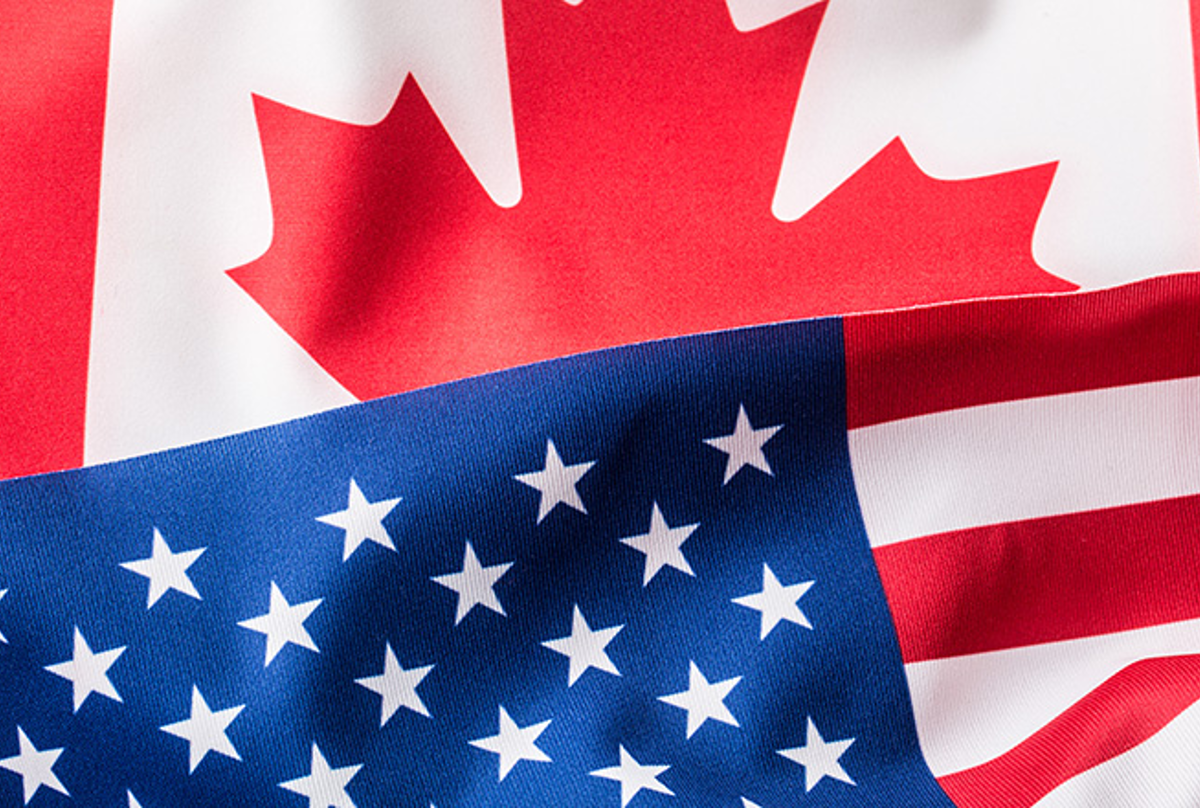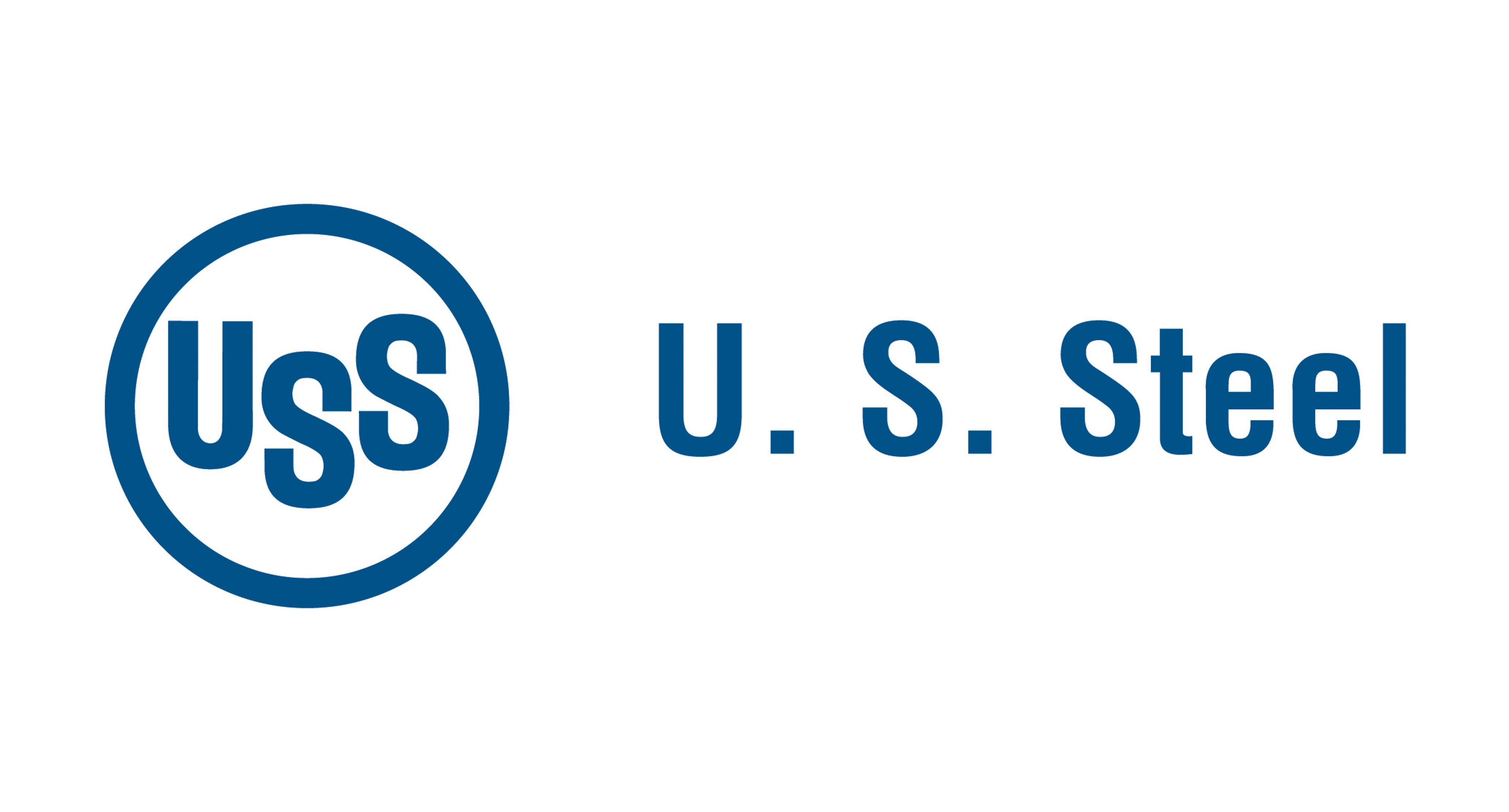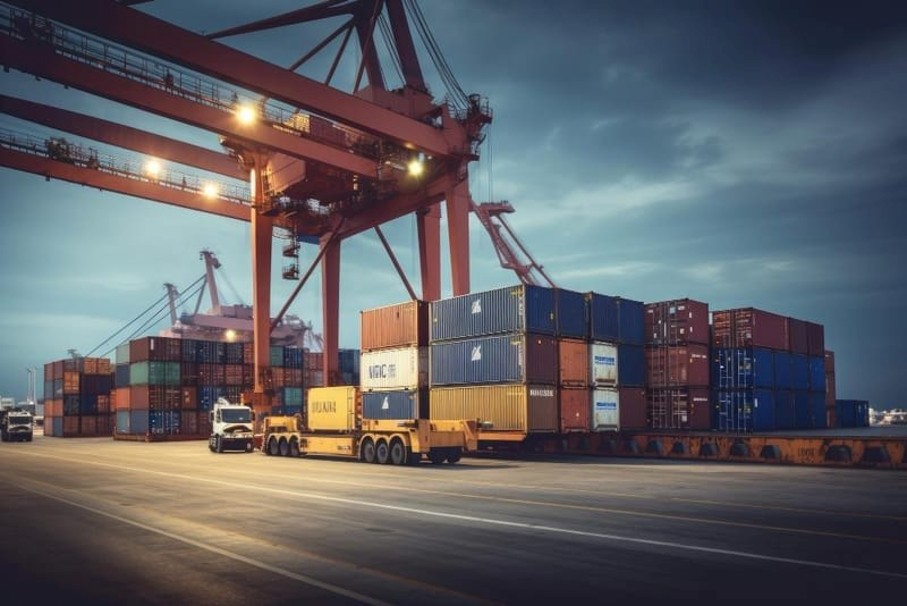Government/Policy

June 29, 2025
Leibowitz on Trade: Who is winning the tariff debate?
Written by Lewis Leibowitz
Most economists will tell you that universal tariffs will result in inflation and reduce demand, causing a recession or worse. (After all, this is what happened in the 1930s). It is a rare product that is so essential that demand will not go down if prices go up.
The Trump team thinks that the US agreed too quickly to reduce tariffs, especially in the Uruguay Round, a series of global trade negotiations conducted between 1986 and 1994. Trump wants essentially universal tariffs, and he expects other major trading nations to follow suit.
His preferred method of hitting all countries is to impose “reciprocal” tariffs. Basically, we should impose tariffs equal to those that other countries impose on our exports. As evidence, he points to the US trade deficit in goods. This is based on the transparently fallacious premise that trade deficits are proof that other countries are taking unfair advantage of the US.
But trade deficits are not due solely (or even chiefly) products of unfair advantage. They are based on the gap between national saving and national investment. Our lack of saving (and our tremendous budget deficits) makes trade deficits inevitable. Thus, the most effective way to reduce trade deficits is to have a recession. Reciprocal tariffs are a tax increase on Americans that will not close the gap between savings and investment.
The president’s team claims that tariffs will result in a rebirth of American manufacturing, which has been “hollowed out” by the reduction of trade barriers over decades. This hope for increased manufacturing does not, in my view, hold up under scrutiny. Since 2018, steel production has not increased, despite 25% tariffs on most categories of steel. Aluminum production is also declining. In 2024, more than three-fourths of aluminum purchases in the US were imports.
Solar production has increased globally and in the US since 2018, with a surge in demand for renewable energy. Clearly, tariffs (not only the safeguard tariffs but antidumping and countervailing duties on solar panels and cells) contributed to shifting production to the United States. How much of that is due to those tariffs is not clear.
Aluminum smelting moved offshore for many reasons, and unfair trading practices certainly were a part of that—antidumping and countervailing duty cases on aluminum extrusions have protected domestic manufacturers for years. But US makers of aluminum extrusions import with the best of them. They are driven by price, reliability, and delivery just like any manufacturer.
And tariffs on aluminum extrusions will not bring aluminum smelting back to the US any time soon. Increased costs for primary aluminum will encourage downstream users to increase recycling (which has been happening already) and to look for substitutes for aluminum in manufacturing (that is happening too).
Steel production is composed of two methods: integrated mills and “minimills.” Only two companies in the US use the integrated method, relying on blast furnaces. At least ten major companies rely on electric arc furnaces to make steel. Three fourths of domestic steel production is in minimills.
If tariffs were going to increase domestic steel production, it should already have happened. Industry employment is stagnant or declining (due largely to automation), and a new blast furnace has not been built in the United States in more than 60 years. Don’t expect another one any time soon.
Even the recently closed (thankfully) deal between Nippon Steel and U.S. Steel will not mean new production facilities. The existing mills in Gary, Ind., and near Pittsburgh (Mon Valley) will get a much-needed facelift. But employment is not likely to increase much. And the other blast furnace company, Cleveland-Cliffs, does not have the multi-billion-dollar resources to duplicate the modernization planned at U.S. Steel.
While tariffs have some (limited) benefits, the costs on the economy from that approach are greater, much greater. Clearly, tariffs are not the only answer. Manufacturing has changed in a way that production does not require the massive numbers of workers that it once did.
If tariffs are not the answer, what is? I’ll discuss that in my next column.
Editor’s note
This is an opinion column. The views in this article are those of an experienced trade attorney on issues of relevance to the current steel market. They do not necessarily reflect those of SMU. We welcome you to share your thoughts as well at info@steelmarketupdate.com.







